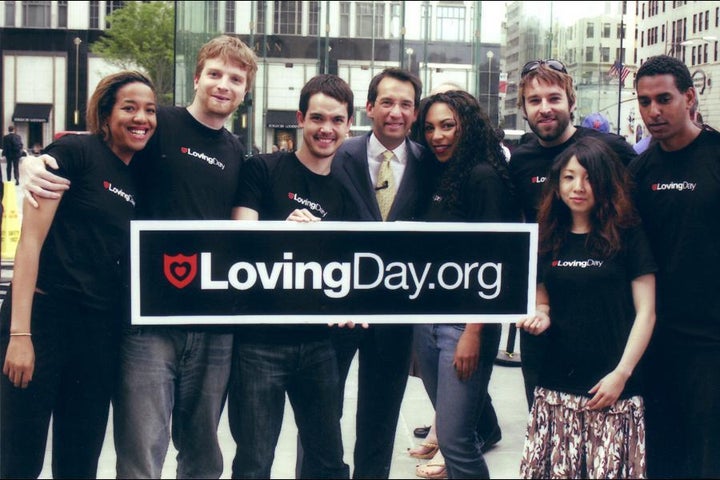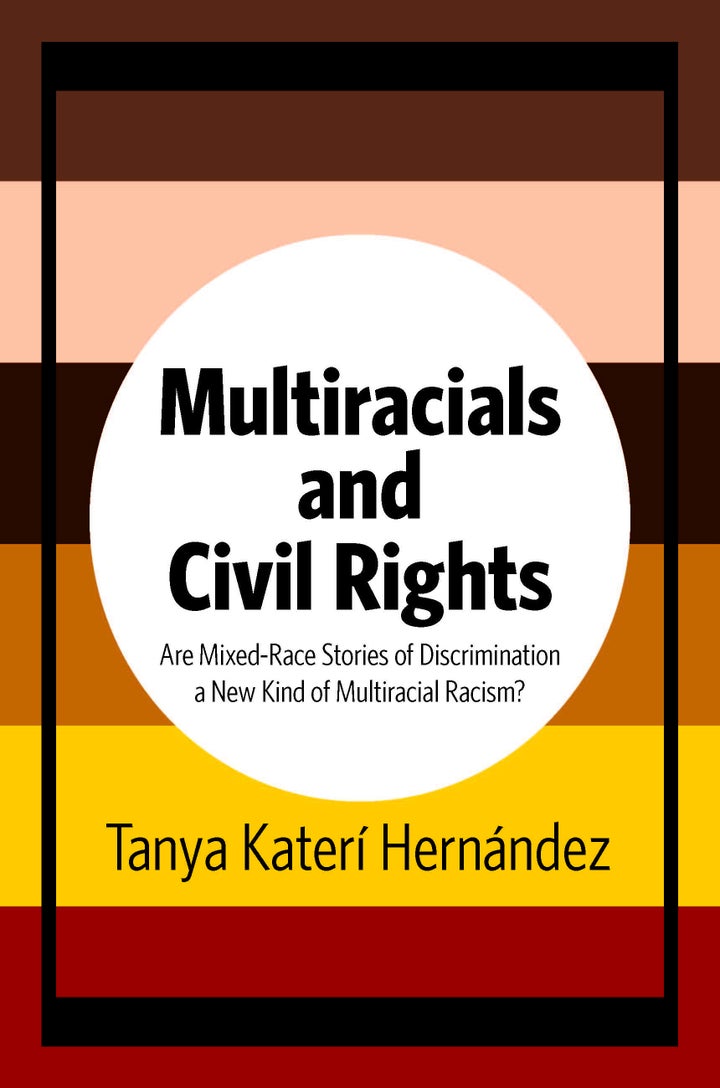
Monday, June 12, 2017 marks the 50th anniversary of the Loving v. Virginia, the Supreme Court decision which invalidated interracial marriage bans in the United States. Recently, the Pew Research Center reported that since the 1967 Loving decision the rate of intermarriage has increased more than five fold, from 3% of newlyweds who were intermarried to 17% in 2015. In recognition of this increase, “Loving Day” annual events celebrate the court decision. Primarily organized by multiracial persons as social events, communities across the nation gather on Loving Day to celebrate the existence of multiracial families. The celebrations are part of a larger campaign to have the federal government create an official Loving Day federal holiday.
No other Supreme Court case, let alone a civil rights case, has its own designated federal holiday. However entire multiracial community websites are dedicated to lobbying the government for a Loving Day holiday. This is because much more is at stake for these activists than commemorating a legal case. Validating mixed-race families and in particular multiracial persons, is the fundamental aim of the Loving Day federal holiday campaign. However, the rhetoric of mixed-race racial distinctiveness used by the campaign has begun to be drawn into judicial questioning of racial integration policies in ways that counter Loving Day celebrations of diversity.
The lobby for a federal Loving Day holiday is part of the larger push for legal recognition of a separate multiracial identity as embodied by the earlier exhortations in the 1990s for a separate multiracial racial category on the census. In 2000, the Census Bureau began to quantify multiracial identity by soliciting respondents to designate as many races as apply, but refused to request to add an official “multiracial” category to the list of races.
Absent a multiracial census category, a federal Loving Day holiday can be viewed as an alternative route to official public recognition of a presumably racially distinctive population. While it is certainly laudable to demand respect for however individuals choose to personally identify themselves, the public discourse of distinctiveness that accompanies much of the lobbying for federal recognition relies upon the trope of being a new people with distinctive racial problems. Yet, in my own examination of discrimination cases filed by multiracial claimants I find that the racism they describe is very much part of the historic disparagement of non-whiteness in any form, rather than a new “mixed-race” mode of discrimination.
Nevertheless rhetoric has consequences. United States Supreme Court litigation has begun to associate the growth of a distinctive multiracial identity with the obsolescence of civil rights policies. Particularly worrisome has been the judicial suggestion that the growth of multiracial identity undercuts the legitimacy of affirmative action policies that have long sought to pursue racial equality. Supreme Court Chief Justice Roberts directly posed questions regarding the implication of mixed-race candidates for affirmative action programs, when the University of Texas’ consideration of race in its affirmative action plan was challenged in 2013. In Fisher v. Texas (Fisher I) the Court affirmed the process of considering race as a factor among others in a public university’s admission efforts to achieve a more diverse student body. But the Court also narrowed the ability to use affirmative action by stating that in the judicial assessment of whether a particular admission policy satisfies the strict scrutiny standard of being narrowly tailored in pursuit of the goal of diversity, the university is not entitled to deference or a presumption of good faith in its operation of their programs.
In the oral arguments for Fisher I, Justice Roberts questioned how compelling the university pursuit of a diverse student body could be if a candidate who was “one-quarter Hispanic” or “one-eighth Hispanic” is allowed to identify on the admissions application as Hispanic. For Justice Roberts, mixed-race applicants are a cause for generating skepticism about the integrity and ability of affirmative action to truly achieve racial diversity.
Nor is this skepticism limited to Justice Roberts. When the Supreme Court re-examined the University of Texas affirmative action policy three years later in Fisher II, Justices Alito, Roberts and Thomas opined that the affirmative action program was faulty because “as racial and ethnic prejudice recedes, more and more students will have parents (or grandparents) who fall into more than one of UT’s five [enumerated racial] groups.” Such judicial weaponizing of multiracial personal identity to undermine the pursuit of racial justice is a perversion of Loving Day celebrations of racial diversity.
One possible antidote to the misappropriation of multiracial identity is for Loving Day celebrations to focus upon what was the ultimate civil rights objective of the Loving v. Virginia decision – the impermissible pursuit of what the Supreme Court there termed “White Supremacy.” This is because interracial bans only prohibited interracial marriage involving white persons. Fifty years later, after the Loving v. Virginia decision, interracial marriage bans no longer exist, but White Supremacist violence and rhetoric still flourish. Whether or not Loving Day ever becomes an official federal holiday, it is to be hoped that its celebrations will specifically commemorate the decision’s fundamental civil rights concern with racial hierarchy.
Tanya Katerí Hernández is a Professor of Law at Fordham University School of Law and the author of the forthcoming book from NYU Press, “Multiracials and Civil Rights: Are Mixed-Race Stories of Discrimination a New Kind of Multiracial Racism.”

